Alcatel 3V Review
Alcatel 3V
Alcatel’s lead mid-range device looks to make a statement
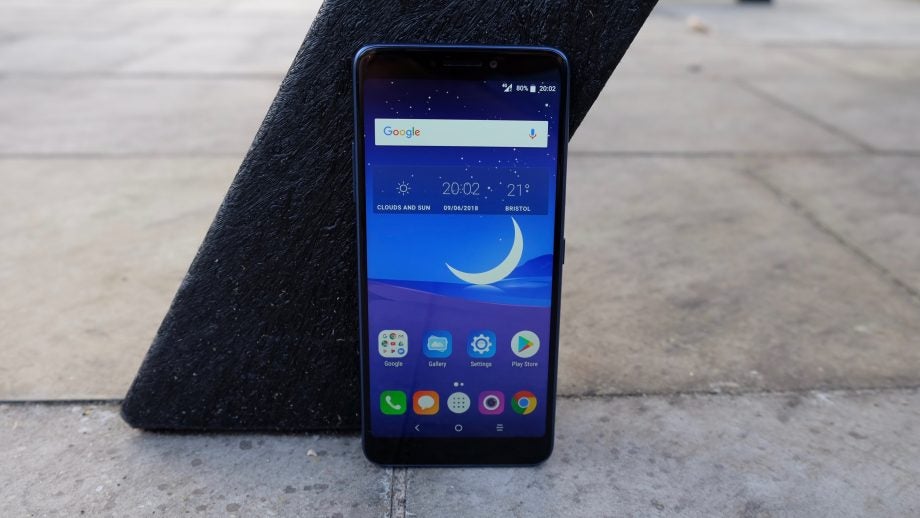
Verdict
Pros
- Big, sharp display
- Camera quite capable
- Available for a low price
Cons
- Poor to middling performance
- Cheap design
- Clunky UI
Key Specifications
- Review Price: £175
- 6-inch 1080 x 2160 IPS LCD
- MediaTek MT8735A CPU
- 2GB RAM
- 16GB storage
- Dual 12MP + 2MP rear camera
- Fingerprint sensor + NFC
What is the Alcatel 3V?
The Alcatel 3V sits at the top of the company’s mid-range 2018 smartphone lineup, but you might find it a little tricky to ascertain that fact.
An initial online price search shows that Amazon UK is currently selling the 3V for a little under £200, while Tesco is offering it for just over £100. That’s quite a disparity across two major retailers for a new device.
Perhaps it reflects the fact that Alcatel is far from a known quantity. This former French brand is now owned by Finland’s Nokia, which has licensed the smartphone operation out to China’s TCL.
Unsurprisingly, then, the Alcatel 3V is a curious mish-mash of elements both good and bad.
Alcatel 3V – Design
TCL has gone full on glitzy with the Alcatel 3V’s design. Coming from the rather drab and functional Alcatel 5, the 3V feels like something of a preening peacock.
At least it does when you view it from the back and from a safe distance. This highly reflective, blue-tinted shell casts warped hall-of-mirrors reflections from every angle – and also picks up its fair share of fingerprints.
This may initially seem like a reflection (pun unintended) of the current obsession with glass-backed phones, but getting hands-on with the 3V soon shows that it’s nothing of the sort. In fact, it’s made of a rather cheap and nasty-feeling plastic that flexes and creaks under only moderate pressure.
Related: Best budget phones
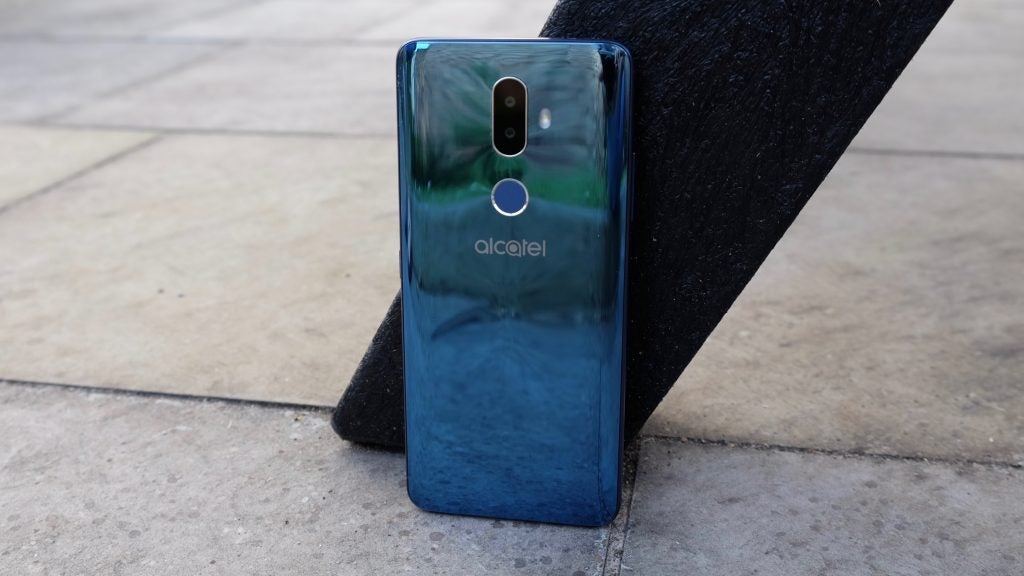
The rest of the phone is rather less showy, with a matte plastic rim and a plain black front covered by glass that subtly curves at the edges, rather like an iPhone. The size of the bezel is more in line with Apple’s older smartphone range than the new, barely bordered iPhone X, or even recent budget Android efforts such as the Honor 7X.
As a result, the 3V feels like a rather large phone in the hand, although at 162 x 76 x 8.1mm it’s hardly a whale. That all-plastic approach pays off with a relatively modest weight of 155g.
Around back you have a well-positioned fingerprint sensor, which turns out to be pleasantly reliable and just about quick enough, if hardly instantaneous. In fact, I found myself using this more than the optional Face Key provision. Alcatel/TCL’s facial-recognition system works pretty reliably, but it’s slower and less secure than the default fingerprint method.
Either way, I’m glad to see NFC present and accounted for, enabling the use of Google Pay (formerly Android Pay) in shops.
It’s a shame that the Alcatel 3V’s charging standard isn’t as modern as its approach to biometrics and mobile payment systems, though. There’s a micro-USB port on the bottom of the device in place of the USB-C port found on the Alcatel 5.
Alcatel 3V – Screen
If the Alcatel 3V’s design suggests a phone operating below its rather limited budget, then its display restores a fair amount of goodwill.
This is a large, 6-inch IPS LCD panel, but unlike the Alcatel 5’s equivalent component, it isn’t found wanting in the pixel-count department. With a resolution of 2160 x 1080, or FHD+, it’s right up there with the Honor 9 Lite and the Honor 7X.
I had no problem with the phone’s peak brightness either – although, understandably, it isn’t as usable outdoors as more expensive handsets. Another minus point is an overly aggressive auto-brightness function, which tends to make it look a little too dim. That’s an issue it shares with the aforementioned Alcatel 5, so TCL clearly needs to tweak its algorithms.
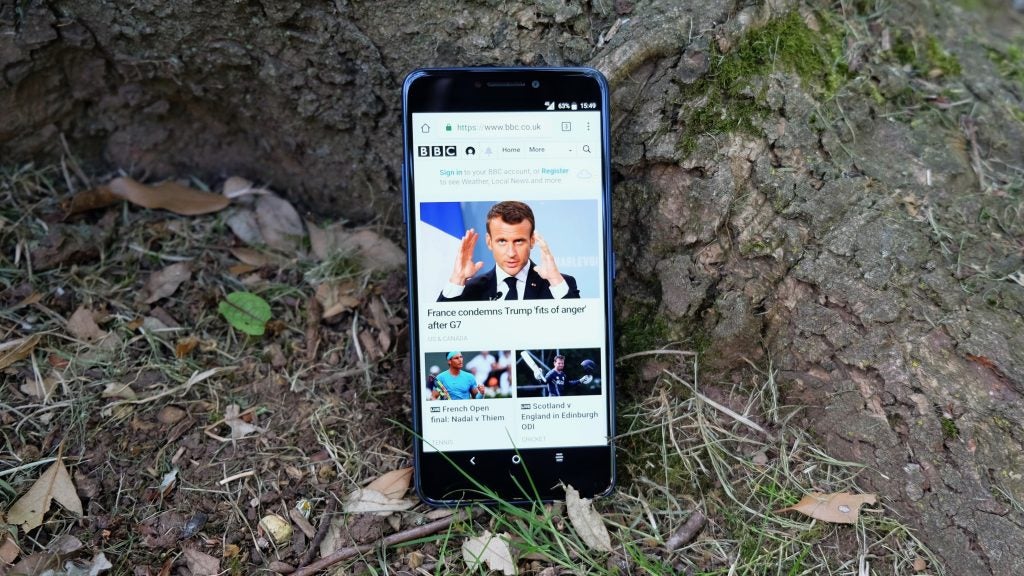
The inclusion of MiraVision tuning options allows you to tweak the tone of the display to suit your tastes, should you wish it to look warmer or cooler. It remains a clunky but effective tool.
The Alcatel 3V display follows all of its aforementioned budget rivals in adopting a stretched-out 18:9 aspect ratio. The result is an extremely tall – or wide, if you’re talking about landscape content – picture that feels far more expansive, if a little less wieldy than the 16:9 screens of old.
Combined with the display’s crisp resolution, it means that 1080p or Full HD content sits comfortably on the 3V. Of course, you’ll encounter plenty of thick black borders either side, since most video content is still shot in 16:9. Most games, however, make full use of the extra space.
One final note: just like the rear of the phone, the 3V’s front seems to be quite the smudge magnet. I’m guessing that the phone lacks the level of fingerprint-proof coating that you see on pricier models. This was likely a price-cutting measure, but the presence of big greasy paw prints proved to be a constant irritant during my time with the phone.
Alcatel 3V – Performance
The Alcatel 3V runs on the MediaTek MT8735A CPU, which is a low to mid-range offering from the Taiwanese semiconductor producer. MediaTek tends to produce cheaper and less capable alternatives to the usual Qualcomm chips.
It’s fair to say that I wasn’t exactly expecting stellar performance when I saw this component on the spec list, and the presence of just 2GB of RAM backing it up was a particular worry.
Overall performance is far from catastrophic, however. Homescreen navigation remained fairly smooth throughout my time with the phone, while the phone responded to fingerprint sensor unlock requests reasonably quickly. Jumping into the camera app takes a fraction too long, admittedly, but it’s far from the slowest I’ve experienced.
Related: Best Android phones
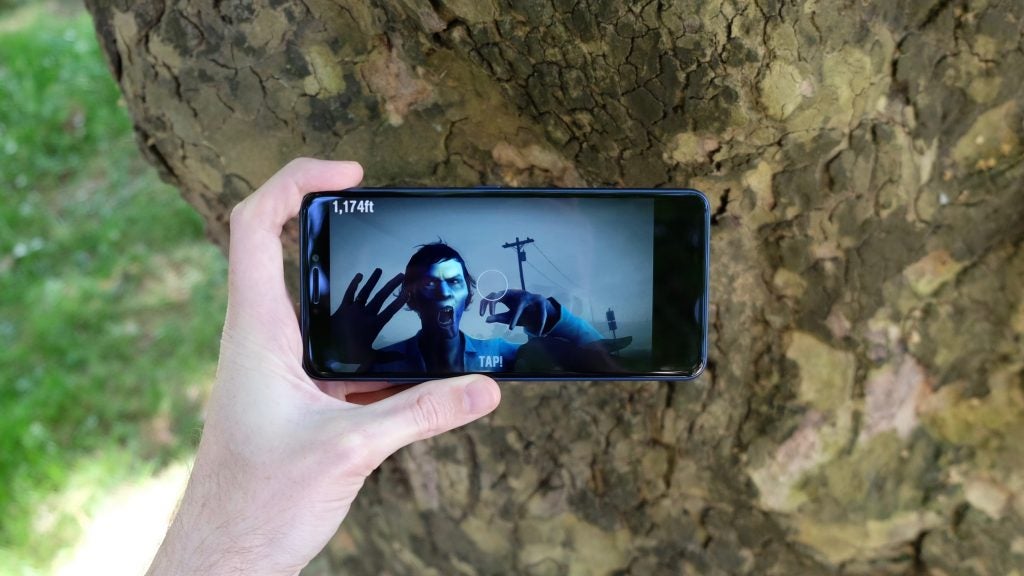
App-switching generally brings about a pause to load in the content, though. Presumably, that’s a result of the miserly amount of memory. Ideally, you’d want 3GB with Android.
Ramping things up a little, fast-paced 3D action games such as Into the Dead 2 and Guns of Boom were perfectly playable, if far from perfect. The former, in particular, has caused lots of problems on low-end phones, but I found that it ran reasonably well here.
This general competence seems to be at odds with the results of our Geekbench 4 benchmark tests, however. An average of 1791 is shockingly bad. The Alcatel 5 with its MediaTek MT6750 CPU outscored it on 2474 – the sizeable difference likely explained by the Alcatel 3V’s more pixel-packed display.
Still, the Moto G6 (3929) and the Honor 9 Lite (3644) both have similar screen resolutions to the 3V, yet both achieved around double the score with a Snapdragon 450 and a Kirin 659 respectively. The real issue here is evidently the phone’s MediaTek CPU and limited RAM.
Elsewhere on the spec front, 16GB of internal storage is pretty meagre these days. When 32GB and even 64GB isn’t unheard of at around the £200 point, that’s a major negative. You do get microSD expansion, though.
Alcatel 3V – Software
The Alcatel 3V runs on Android 8.0 Oreo, which is the latest version of Google’s operating system – at least for another couple of months.
Of course, you don’t really get to bask in your up-to-dateness with an Alcatel phone. This is another Android brand that chooses to go with its own custom UI, to the detriment of the overall experience.
In fairness, this is far from the most intrusive mutation of Android I’ve used. As the previous performance section suggests, this is fairly lightweight software that doesn’t weigh down the phone too much.
You’ll have to put up with some custom app icons and menus, which are a little basic and lacking in visual flair or originality. It’s all a little bit Fisher Price. But at least none of these flourishes are too garish or gimmicky, unlike some other Android-based UIs I could mention.
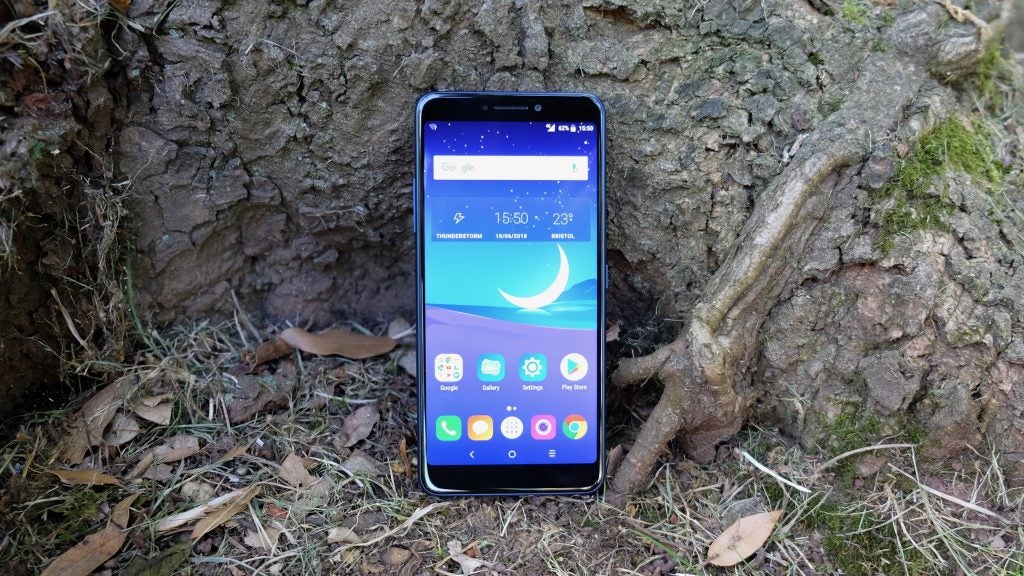
This UI doesn’t do away with the Android app tray either, so a full inventory of installed apps is only a virtual button press away.
Alcatel’s preinstalled suite of apps is predictably non-essential, though. Enjoy.now is described as the brand’s ‘rewards and discounts’ app, but it mainly seems to serve as a general Android and Alcatel news and tips app. Oh, and here’s a tip for you, Alcatel: at least make your own apps work natively an 18:9 display. You really shouldn’t need to tap a bar to optimise it.
The 3V also features a folder full of native tool apps (Calculator, Clock, Weather and so on), which are all fine and functional in their own way. Most Android users will have their own vastly superior favourites by now, though.
Netflix and Facebook are also preinstalled, which will save you all of 20 seconds downloading them from the Google Play Store. Either that, or they’ll irritate you for however long you have the phone by their very presence. Netflix, in particular, can be hidden but not uninstalled.
Alcatel 3V – Camera
TCL has equipped the Alcatel 3V with a dual 12-megapixel and 2-megapixel camera that captures 16-megapixel images by default. No, that wasn’t a typo. Through some kind of software hocus-pocus, the 3V increases the native pixel count of its pictures.
I’m not entirely sure why you’d want such a thing – surely the whole ‘more pixels equals better pictures’ idea was debunked years ago – but that’s how it is.
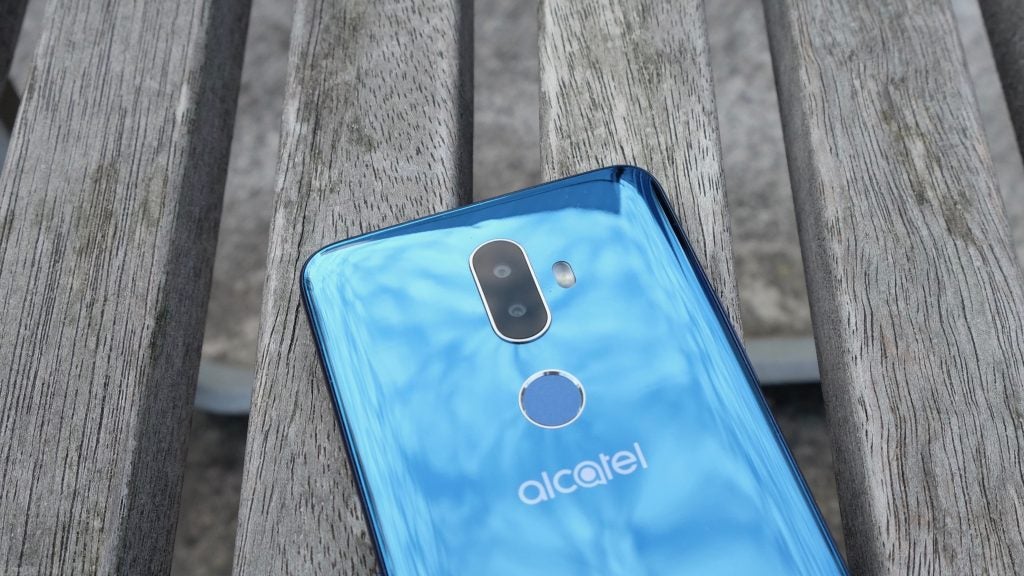
Either way, the Alcatel 3V takes precisely the kind of pictures you’d expect of a modern sub-£200 smartphone: passable, but nothing worth printing and framing.
I found the camera UI to be reasonably easy to work with, if a little cluttered and ugly – particularly the area of the screen given over to the shutter, video, and mode buttons. Having some manual controls for HDR, flash and aperture available up the left edge of the display, for example, is a nice approach.
The images captured were occasionally quite impressive in decent lighting, although there was the usual tendency to overexpose bright skies and other details against darker backgrounds. Thankfully, the HDR mode proved both easy to access and effective at evening things out, without making the results look overly false. That’s no small feat in an affordable phone.

The 3V couldn’t keep up with this scrabbling pigeon
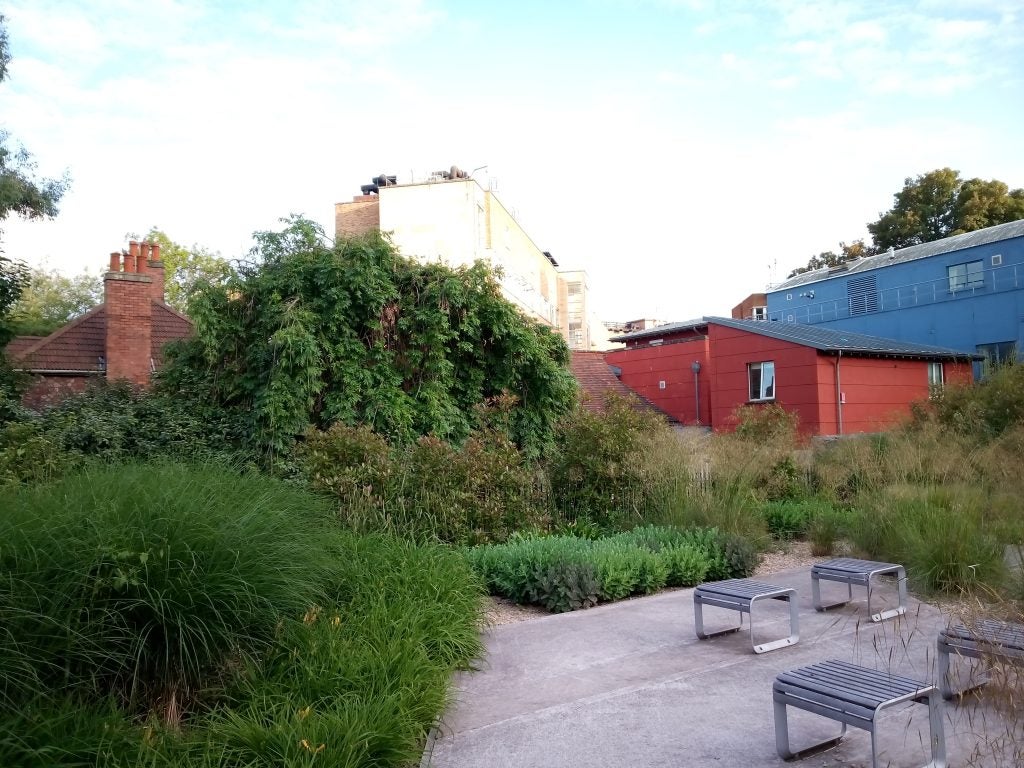
In the right conditions, the 3V can take surprisingly rich, balanced shots, but the sky does look bad
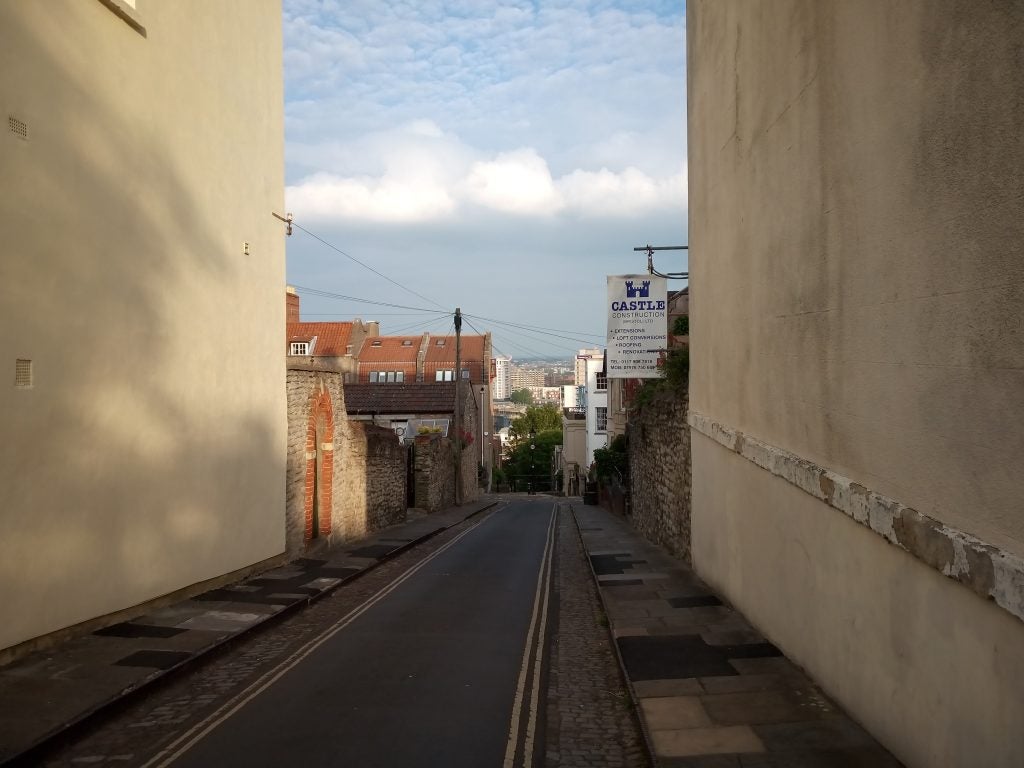
Capturing the tone well as evening falls, although a little murky without HDR
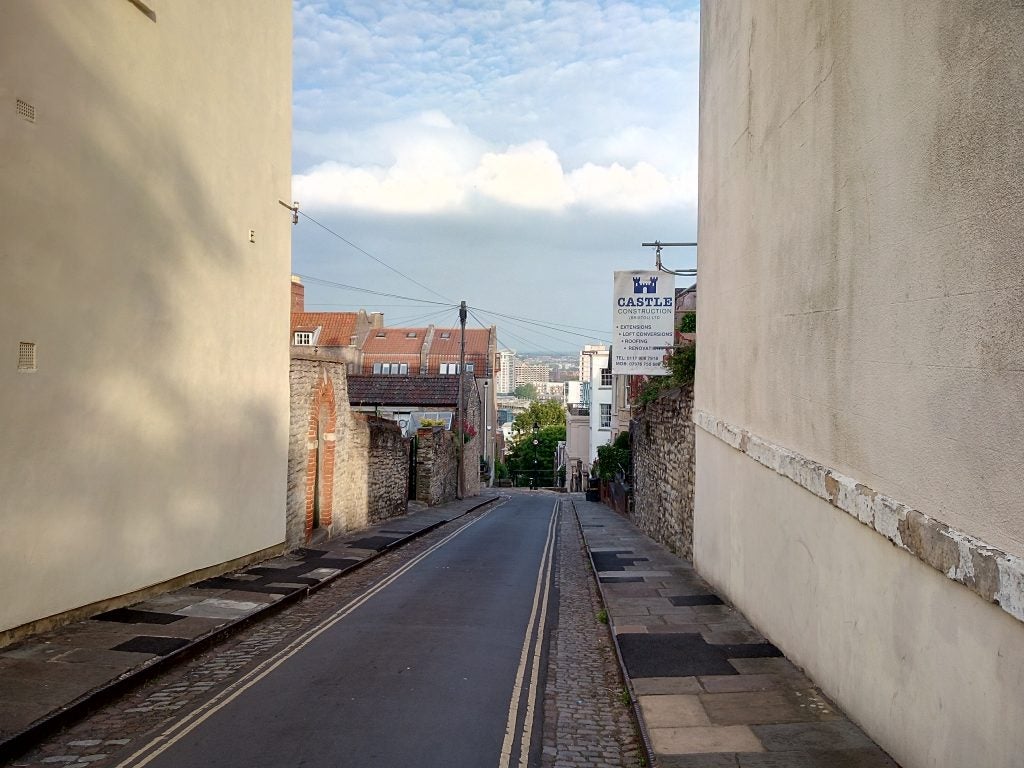
Turning HDR on results in a much cleaner – if colder – image
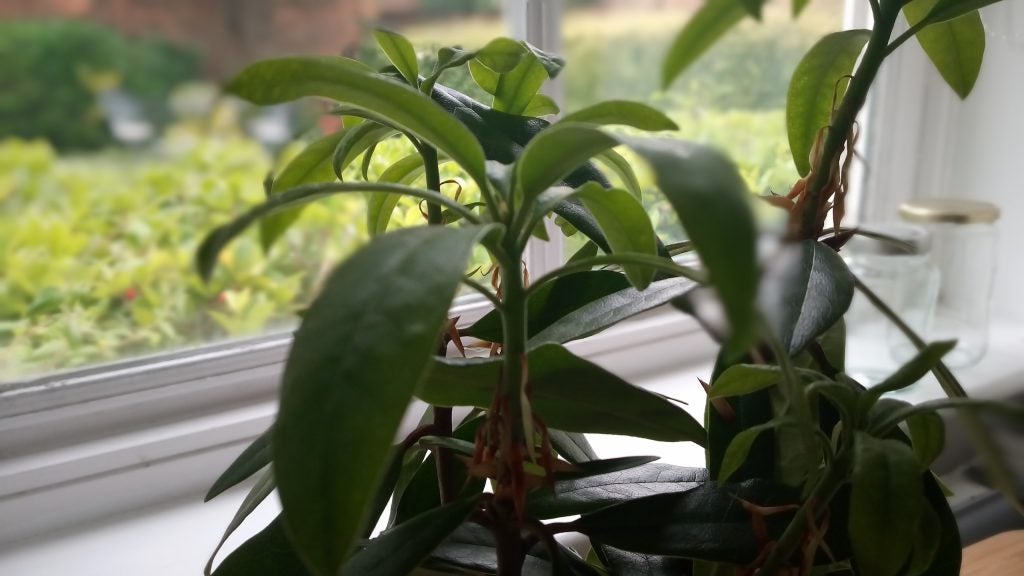
Portrait mode can be a little extreme with the false-bokeh

Another instance of the 3V overexposing bright elements in auto
In full auto mode, I found the camera to be a little sluggish. Taking a shot of a pair of squabbling pigeons in decent outdoors lighting resulted in lots of motion blur. On the flip-side, the camera’s facial lock-on capabilities seemed pretty sharp.
The ability to utilise that secondary sensor for depth information is a trick used by multiple manufacturers, from Apple to Huawei. The execution here is far from the best, however.
I found the exaggerated bokeh effect in Portrait mode to be rather false-looking, while the whole process of taking and editing such shots on the Alcatel 3V was simply too slow and stuttering.
Elsewhere, the 3V’s automatic flash seemed to be somewhat overzealous, kicking in when there was ample light to capture an adequate (or at least preferable) result. Again, though, the provision of readily accessible controls reduced my frustration.
Alcatel 3V – Battery life
The Alcatel 3V’s 3000mAh battery seems about normal for a modern smartphone, but I was left with the impression that TCL should have opted for a slight bigger unit.
In general use, the phone is quite capable of getting through a complete day before requiring a recharge. Start using the 3V for more intensive tasks, however, and things can drop off alarmingly quickly – and it appears to be that large, sharp display that’s to blame.
Related: Best smartphone
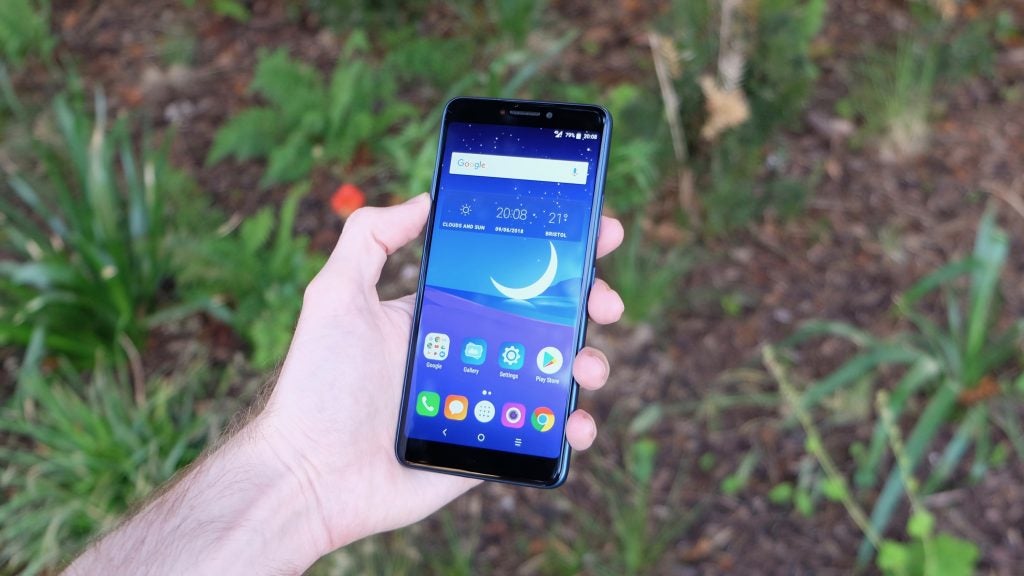
I experienced a sizeable 16% loss after watching a 50-minute downloaded TV episode with the screen brightness cranked up to full. By way of comparison, the Alcatel 5 (which has a less pixel-packed display) lost just 6%. Even the similarly specced Honor 9 Lite did a little better on 14%.
Interestingly, the Alcatel 3V’s battery did much better with my other test, which involved playing Guns of Boom for 15 minutes solid with the screen at half brightness. Here it lost 7%, which is pretty similar to both the Alcatel 5 and the Honor 9 Lite on 6%.
The only conclusion to reach from this is that the Alcatel 3V will see you through the day just fine, but if you’re planning on consuming a bunch of media, make sure you keep that brightness down.
Why buy the Alcatel 3V?
The Alcatel 3V is a curious mish-mash of an affordable phone that displays an occasionally maddening level of inconsistency.
Its display is large, sharp and bright enough to mix with some fairly accomplished mid-rangers, but its shiny design feels decidedly cheap. The phone’s modest processor yields some awful benchmark results, and there’s patently not enough RAM backing it up. Yet the 3V’s performance in general usage feels fairly fluid.
Related: Moto G6 Play
Both the phone’s camera and its battery life vary considerably in their performance. Even the price is all over the place at the time of writing.
Ultimately, it’s this inconsistency that means we can’t recommend the Alcatel 3V over much of the opposition – especially the dependably rock-solid likes of the Moto G6.
Verdict
The Alcatel 3V lays on a big, bold display, and it’s possible to pick one up for significantly less than the RRP. But its cheap design, inconsistent performance and mediocre custom UI leave it trailing behind the very best of the sub-£200 pack.
How we test phones
We test every mobile phone we review thoroughly. We use industry standard tests to compare features properly and we use the phone as our main device over the review period. We’ll always tell you what we find and we never, ever, accept money to review a product.


